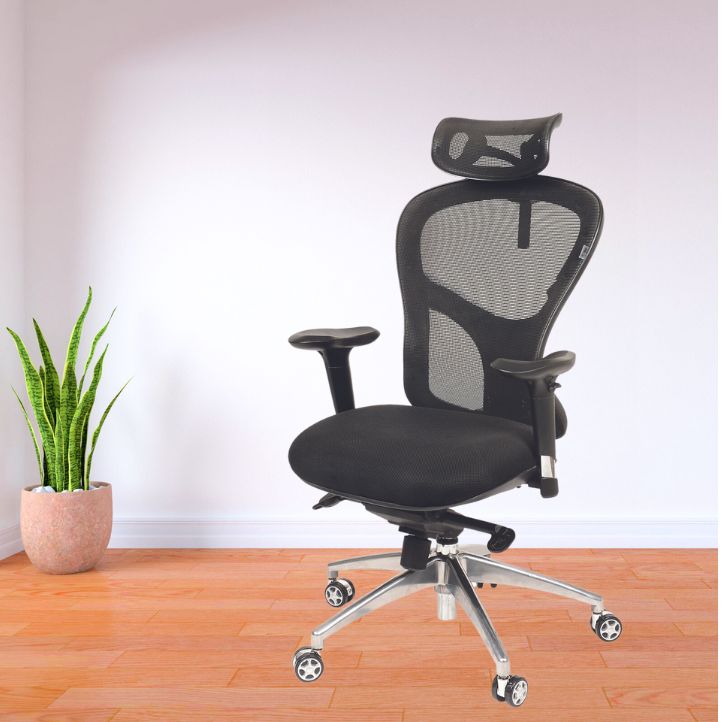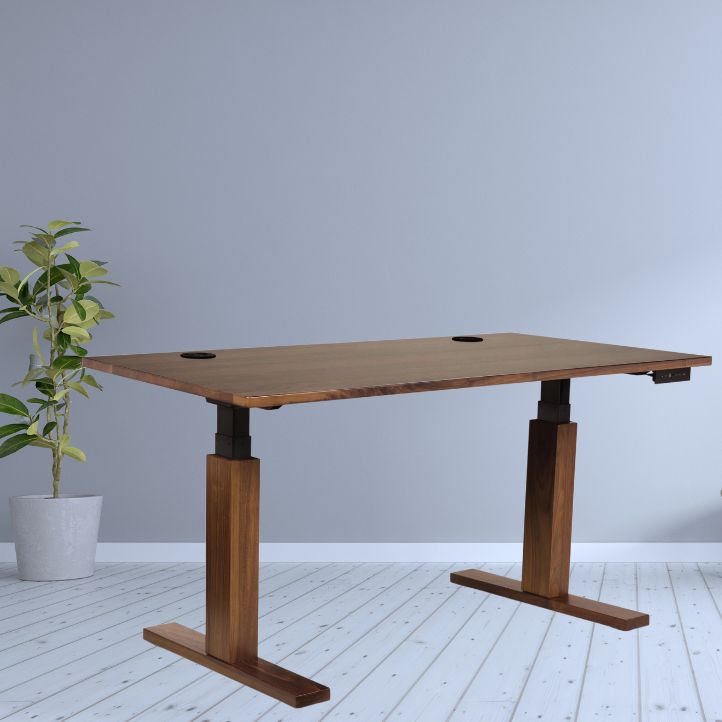The Impact of Ergonomic Office Furniture
Enhancing Focus and Creativity: The Impact of Ergonomic Office Furniture
In today’s fast-paced and demanding work environment, maintaining focus and unlocking creativity are essential for productivity and success. While numerous factors contribute to these abilities, one often overlooked aspect is the physical environment, particularly the furniture we use. Ergonomic office furniture, designed with human comfort and well-being in mind, can play a significant role in enhancing focus and creativity. This article explores how ergonomic office furniture positively influences these cognitive processes and ultimately improves work performance.
Promotes Physical Comfort and Health
Physical comfort is a fundamental prerequisite for optimal focus and creativity. Ergonomic office furniture, such as adjustable chairs and tables, are designed to provide proper support to the body and reduce strain on muscles and joints. By promoting good posture, these furniture pieces help alleviate discomfort, such as back and neck pain, which can be major distractions. When employees are free from physical discomfort, their cognitive resources can be fully directed towards their tasks, enhancing their ability to focus and think creatively.
Supports Efficient Work Practices
Ergonomic office furniture is designed to facilitate efficient work practices, allowing employees to organize their workspace in a way that suits their individual needs. Adjustable tables, for example, enable users to switch between sitting and standing positions, promoting movement, and reducing the negative effects of prolonged sitting. This flexibility not only improves blood circulation but also keeps the mind alert and engaged, ultimately enhancing focus and creativity.
Furthermore, ergonomic furniture often includes features like built-in cable management systems and adjustable monitor arms, promoting an organized and clutter-free workspace. A tidy environment reduces visual distractions and allows individuals to maintain their concentration on the task at hand. By minimizing unnecessary interruptions, ergonomic office furniture helps employees maintain their focus and stay in a creative flow state.
Reduces Fatigue and Enhances Energy Levels
Sitting for extended periods without proper support can lead to fatigue, diminishing cognitive function and stifling creativity. Ergonomic chairs with features like lumbar support, adjustable armrests, and seat depth adjustments help individuals maintain a comfortable and healthy sitting posture. By reducing the strain on the body and improving blood flow, these chairs minimize fatigue and increase energy levels.
When employees feel physically energized, they are better equipped to concentrate on their work and explore creative solutions. Ergonomic furniture that promotes movement and encourages healthy sitting habits helps combat the sedentary nature of office work, enhancing both focus and creativity throughout the day.
Aids Cognitive Function and Mental Well-being
Ergonomic office furniture not only addresses physical comfort but also supports cognitive function and mental well-being. Properly designed furniture can improve the ergonomics of the workstation, reducing eye strain, headaches, and other discomfort associated with poor lighting or improper monitor placement. Adequate lighting, adjustable monitor arms, and ergonomic keyboards and mice all contribute to a comfortable and visually friendly workspace.
By reducing physical strain and discomfort, ergonomic furniture alleviates distractions and allows employees to concentrate on their tasks. Comfortable employees are also less likely to experience stress and are more likely to experience positive emotions. This positive state of mind fosters a conducive environment for creativity to flourish, resulting in innovative ideas and problem-solving skills.
Enhances Collaboration and Communication
Ergonomic office furniture can also play a vital role in enhancing collaboration and communication within a workplace. Furniture with flexible arrangements, such as modular seating and adjustable tables, allows employees to adapt their workspace to different tasks and group sizes. Comfortable and well-designed meeting rooms with ergonomic chairs promote engagement and creativity during collaborative sessions.
When employees can work comfortably together, they are more likely to contribute openly, exchange ideas, and build upon each other’s creativity. The ergonomic design of furniture indirectly supports the development of a collaborative culture, boosting overall productivity and innovation within the organization.
Improves Mood and Employee Engagement
The physical environment, including office furniture, has a significant impact on employees’ mood and overall satisfaction. Ergonomic office furniture that prioritizes comfort and well-being can contribute to a positive work atmosphere, leading to increased employee engagement and motivation.
When employees feel valued and supported through the provision of ergonomic furniture, they are more likely to experience job satisfaction and a sense of well-being. This positive emotional state allows them to approach tasks with enthusiasm and a greater willingness to think creatively. Conversely, uncomfortable, or non-ergonomic furniture can lead to frustration and a negative mood, hindering focus and stifling creative thinking.
When employees can work comfortably together, they are more likely to contribute openly, exchange ideas, and build upon each other’s creativity. The ergonomic design of furniture indirectly supports the development of a collaborative culture, boosting overall productivity and innovation within the organization.
Encourages Movement and Breaks
Sitting for prolonged periods can lead to reduced blood flow and decreased cognitive function. Ergonomic office furniture, such as height-adjustable tables and active seating options like balance balls or kneeling chairs, encourages movement throughout the workday. Employees can alternate between sitting and standing or engage in light exercise while seated, promoting blood circulation and preventing mental fatigue.
Regular breaks and movement have been shown to enhance cognitive performance, including attention and problem-solving abilities. Ergonomic furniture facilitates the incorporation of these movement breaks into the work routine, enabling employees to recharge and return to their tasks with increased focus and a fresh perspective.
Personalization and Employee Empowerment
Ergonomic office furniture often offers customization options, allowing employees to tailor their workspace to their specific needs and preferences. Height-adjustable tables, ergonomic chairs with adjustable settings, and modular storage solutions empower individuals to create a workspace that supports their comfort and productivity.
When employees have control over their environment, they feel a sense of ownership and empowerment. This level of personalization can have a positive impact on focus and creativity, as individuals can optimize their surroundings to align with their unique working styles and preferences.
Regular breaks and movement have been shown to enhance cognitive performance, including attention and problem-solving abilities. Ergonomic furniture facilitates the incorporation of these movement breaks into the work routine, enabling employees to recharge and return to their tasks with increased focus and a fresh perspective.
Conclusion
Ergonomic office furniture goes beyond mere aesthetics; it plays a vital role in enhancing focus and creativity in the workplace. By prioritizing physical comfort, supporting efficient work practices, reducing fatigue, and promoting cognitive function and mental well-being, ergonomic furniture creates an environment conducive to productivity and innovation.
Investing in ergonomic office furniture demonstrates a commitment to employee well-being, leading to higher job satisfaction, engagement, and ultimately, improved performance. By providing employees with the tools to work comfortably and efficiently, organizations can unlock their full potential, foster creativity, and achieve long-term success in today’s competitive business landscape.



